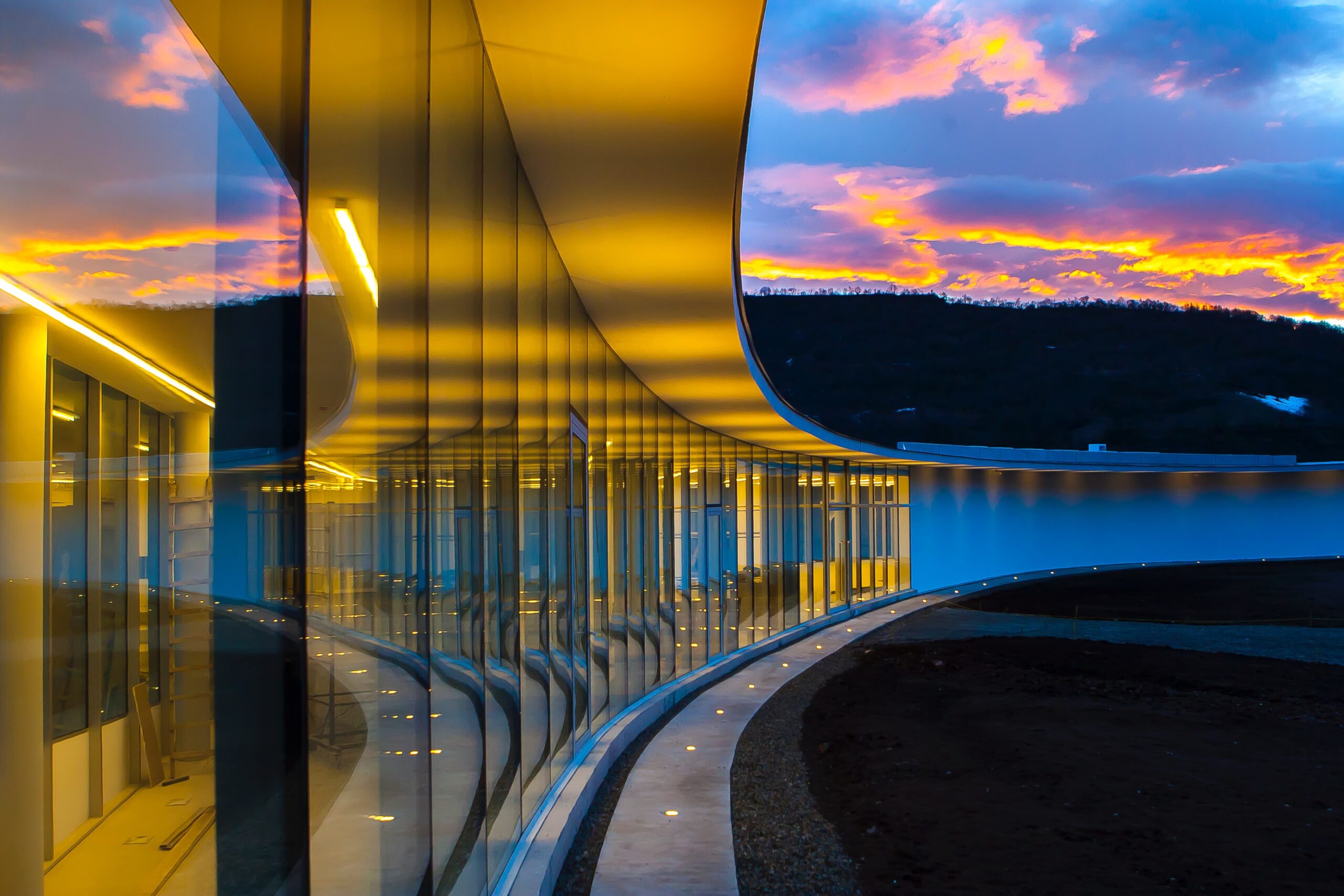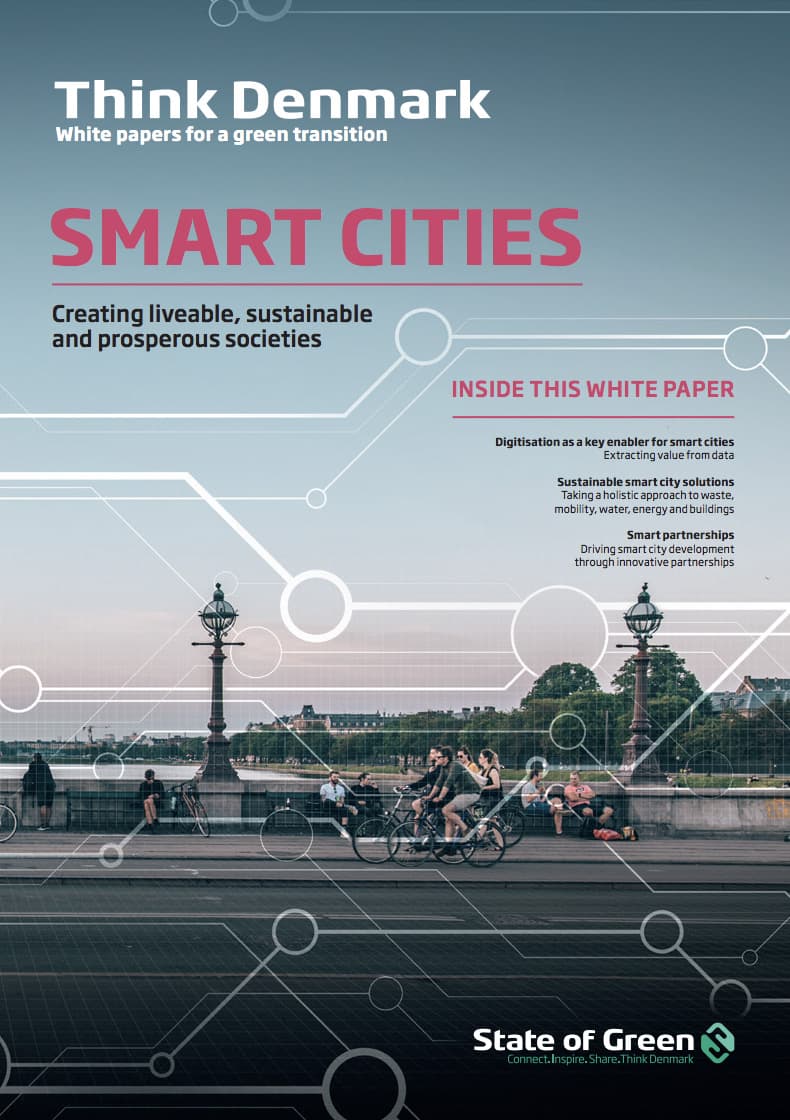Download our publication on smart cities
This article is part of our publication ‘Smart Cities’
Download nowPerspective
Smart cities
Smart buildings


Smart cities are sustainable cities that are able to use renewable energy sources of all types. When power generation is based on fluctuating energy sources, the demand side needs to adapt. Smart buildings as active and flexible prosumers are part of the answer to balance the energy system in the city.
Nations worldwide are setting ambitious renewable energy and CO2 emissions targets. Large cities are significant drivers in achieving these targets. As buildings account for up to 40% of society’s energy demand, they have a decisive role to play in making our cities more sustainable and liveable.
In Denmark, as well as in many other countries, intermittent renewable energy sources account for an increasing share of power generation. This necessitates an increased focus on energy consumption and the ability to enhance flexibility in buildings in order to balance energy supply with energy consumption when production cannot be controlled or power, heat and water infrastructure suffer from peak demand.
Enabling smart solutions such as the remote monitoring of energy consumption in e.g. heating, ventilation and cooling, as well as integrating local energy production and – storage e.g. from solar panels and batteries is the way forward. Automating buildings is particularly beneficial if energy savings and energy flexibility are combined and implemented during the construction phase of new buildings or in renovating existing building stock.

This article is part of our publication ‘Smart Cities’
Download nowToday, many larger, newer buildings, primarily from the year 2000 and onwards, are partly or fully equipped with building management systems: Energy System Management (EMS), Konnex (KNX), Building Management System (BMS) or equivalent. EU building regulations support and enable
the consumer to engage in demand-response activities through an aggregator.
By 2020, smart meters and hourly billing of consumers will be implemented across Denmark. These and other elements in the electricity market will improve consumer and prosumer engagement in demand-response activities. Today, the financial reward is limited and hence the business case for household flexibility is also limited.
In just a few years, we expect to see a market with more differentiated prices and more price peaks. Market developers see a first-mover advantage for buildings to benefit from this development without significant additional costs. Regulation of buildings and the energy market need to be able to easily adapt to these changed circumstances and the whole value chain must be involved in order to establish an intelligent interaction between intermittent power production and end-user consumption. In this matter, the European Union is crucial in securing a common platform for flexible energy use in Europe.
solutions
Combined heat and power production
+6
publications
Combined heat and power production
+9